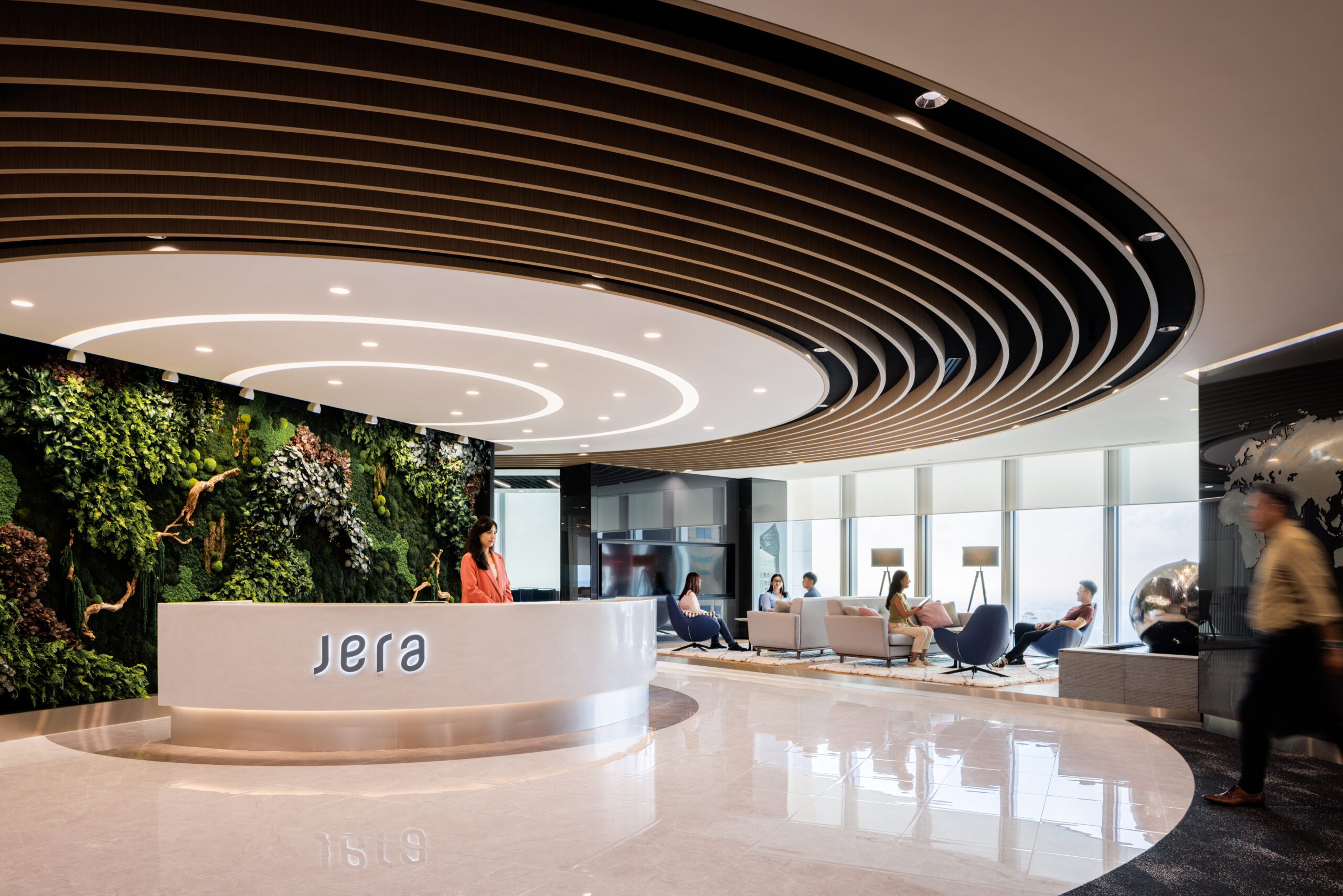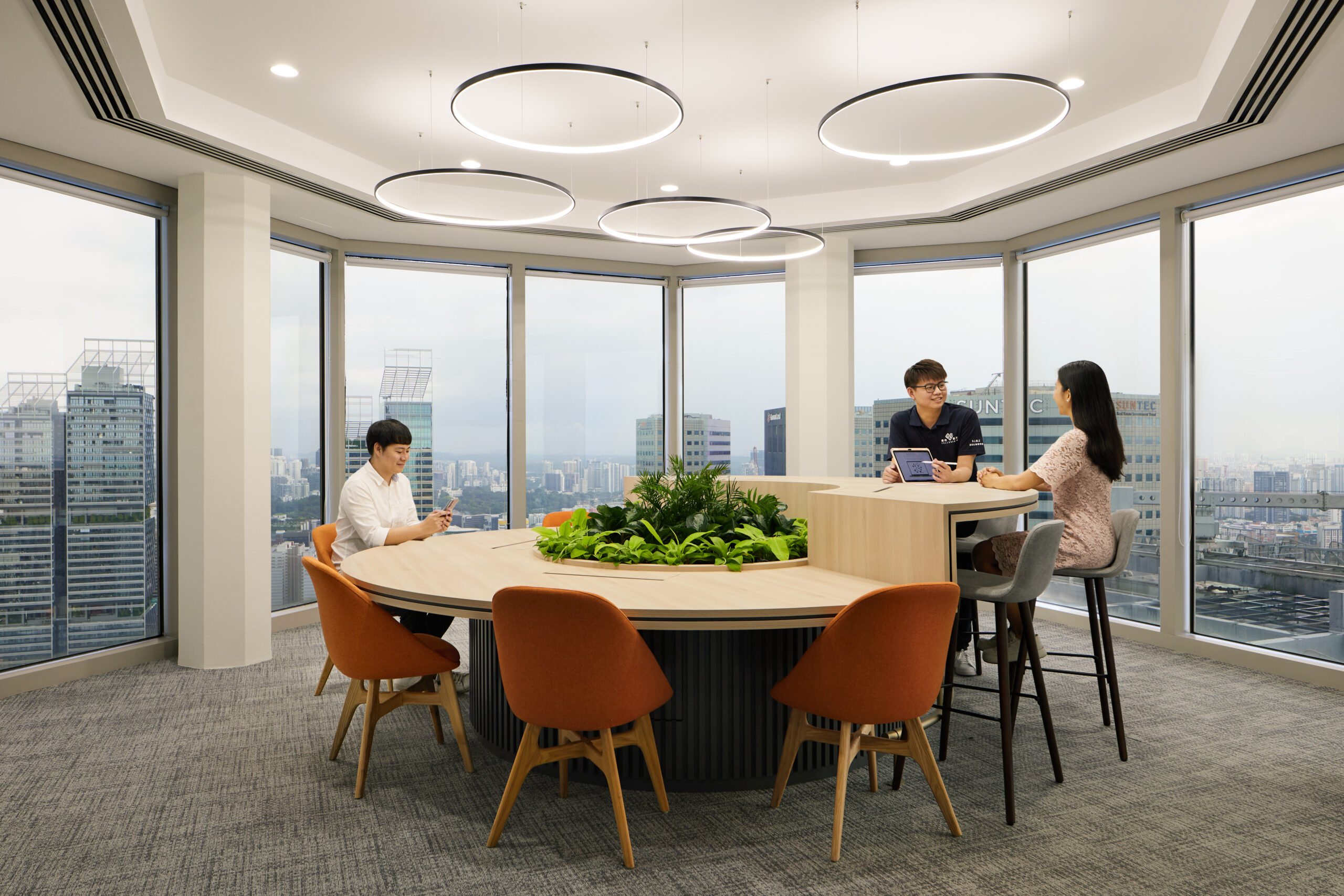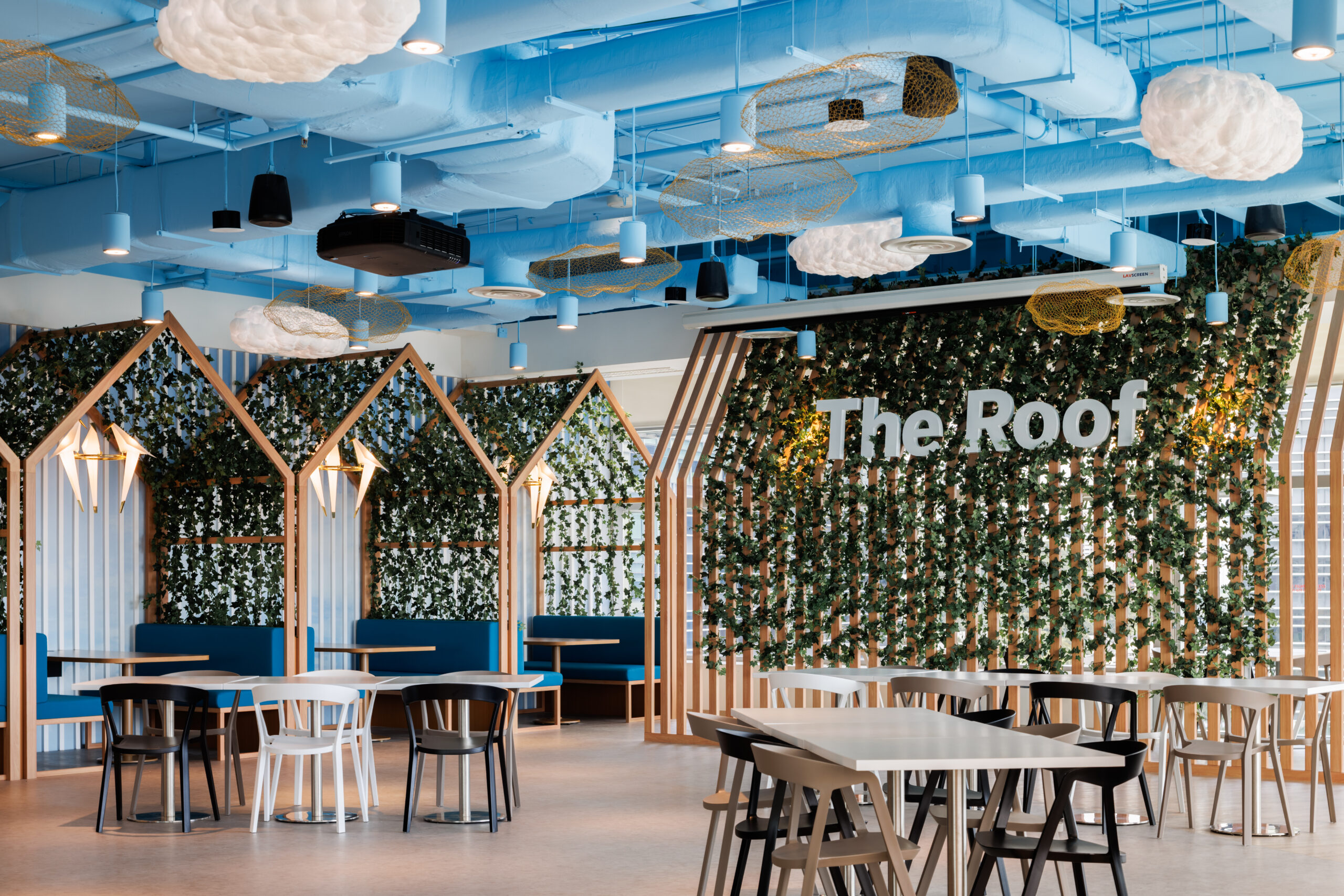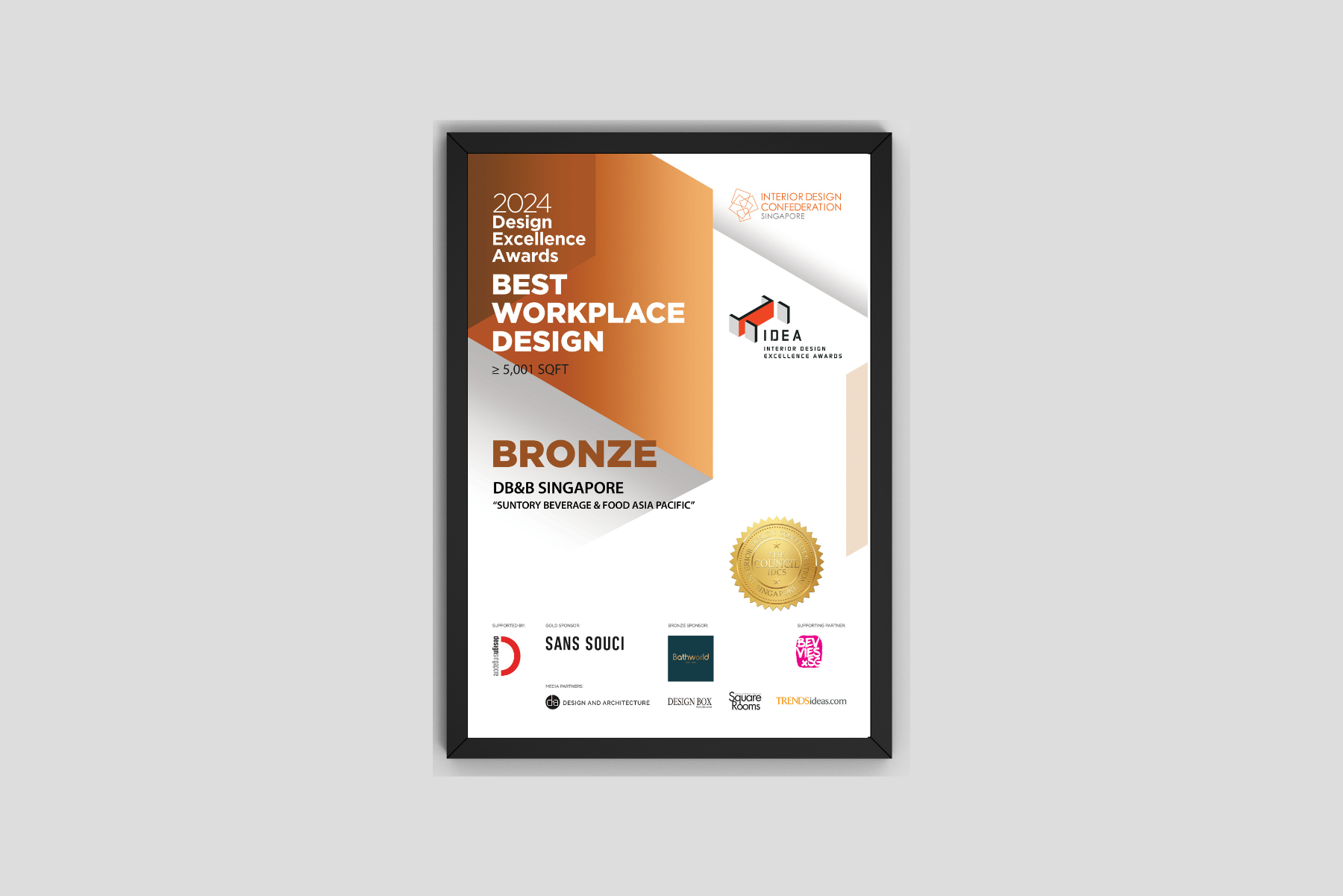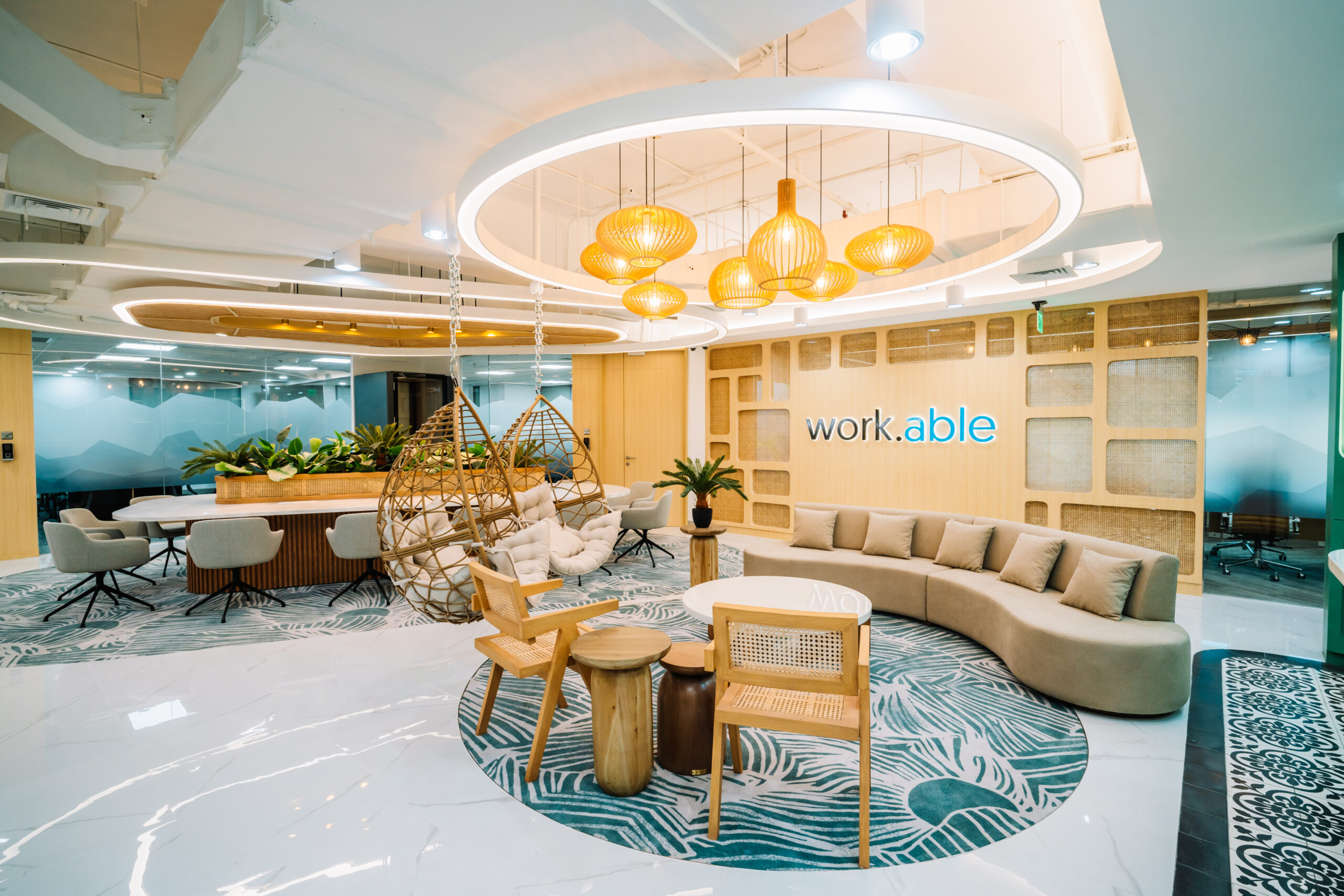What exactly is biophilic design, and why are modern interiors increasingly embracing it? At its core, biophilic design is about infusing our workspace with natural elements to satisfy our innate affinity for nature—promising an enhanced sense of well-being and productivity. This article unfolds the essence of biophilic design, the scientific reasoning behind its benefits, and actionable ways to integrate natural patterns into your workspace.
Key Takeaways
- Biophilic design fosters a connection to nature within built environments, satisfying a deep-seated biological need for natural elements and forms in our daily lives.
- Incorporating biophilic design in workspaces has scientifically proven benefits, enhancing mental well-being, physical health, and productivity through connections with the natural world.
- Successful implementation of biophilic design can range from the integration of natural light and plants to the use of natural materials like wood, stone, bamboo, etc., significantly transforming commercial spaces and improving job performance and well-being.
